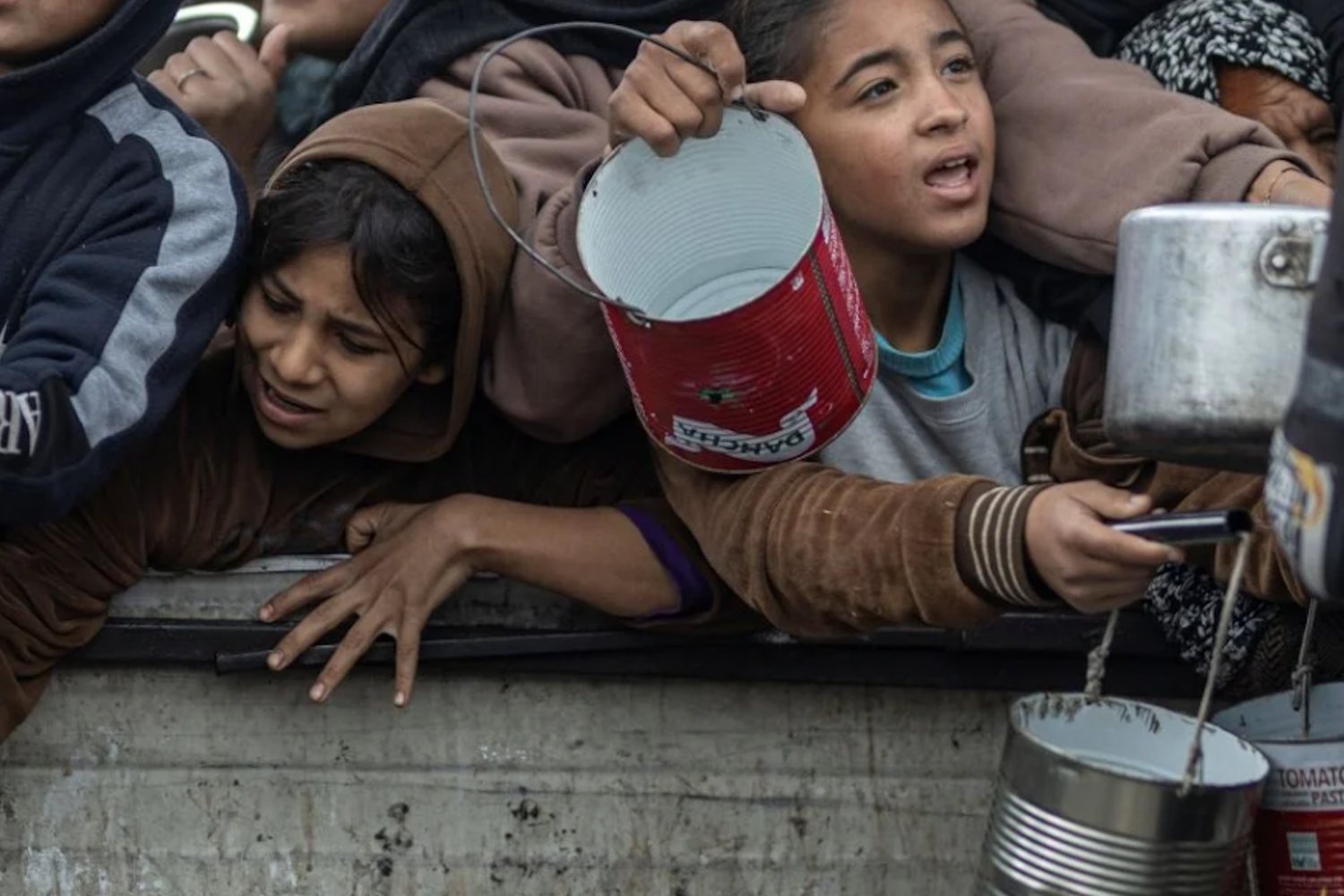In early 2025, Gaza faces a tragic humanitarian crisis with deaths from malnutrition, affecting especially children and pregnant women. International responses remain divided, even as the reality of hunger intensifies.

@WHO
In the early months of 2025 alone, 74 deaths linked to malnutrition have been reported, with 63 occurring just in July. Among these, 24 children under the age of five, a child over five, and 38 adults have succumbed to starvation. The majority of these individuals were pronounced dead upon arrival at medical facilities or passed away shortly afterward, showing clear signs of severe wasting.
This malnutrition should weigh heavily on our consciences, especially as we scroll through images whose meaning we often fail to grasp. Behind those images lies deliberate blockage and delayed aid—food, medical, and humanitarian assistance that has failed to reach the people who need it most.
The impact on children: WHO report
According to the World Health Organization (WHO), nearly one in five children under the age of five in Gaza City is now suffering from acute malnutrition.
The Global Acute Malnutrition (GAM) rate, which measures the percentage of children aged between 6 to 59 months who are acutely malnourished, has tripled in Gaza City since June, making it the most affected area in the Gaza Strip. In Khan Younis and the Central Area, rates have doubled in less than a month.
What’s even more troubling is that these figures are likely an underestimate due to severe access and security restrictions that prevent many families from reaching medical facilities.
In the first two weeks of July, over 5000 children under five were admitted for outpatient treatment of malnutrition. 18% of these cases were classified as Severe Acute Malnutrition (SAM), the most dangerous form. Additionally, 73 children with SAM and medical complications were hospitalized in July, compared to 39 in June, bringing the total number of hospital admissions for 2025 to 263.
The impact on pregnant and breastfeeding women
Recent data from the Nutrition Cluster screening show that over 40% of pregnant and breastfeeding women are severely malnourished. The situation is most critical in the Central Area, where rates have tripled since June, and in Gaza City and Khan Younis, where they have doubled.
The deadly search for food
It’s not just hunger that is killing people—it’s the desperate search for food. Families are forced to risk their lives for a bit of food, often in dangerous and chaotic conditions. Since May 27, over 1000 people have been killed, and 7200 injured while trying to access food. In this famine context, even journalists and doctors from Médecins Sans Frontières (MSF) have been exhausted from days of fasting:
The WHO is calling for urgent and sustained efforts to bring varied and nutritious food into the Gaza Strip, and to expedite the delivery of therapeutic supplies for children and vulnerable groups, as well as essential medicines. This flow must remain constant and unobstructed to support recovery and prevent further deterioration. The WHO has reiterated its appeal for the protection of civilians and health workers, the release of detained colleagues and hostages, and for an immediate ceasefire.
“But there’s no hunger!” – the paradox of cynicism and reality
The latest words from Benjamin Netanyahu—”There is no hunger in Gaza“—have shaken the conscience of those observing, as if the dramatic images coming from the Strip weren’t enough. Netanyahu’s statement, in the context of relentless war, has sparked an international wave of indignation. Yet, it wasn’t the first voice to contradict a reality that grows more opaque every day.
There is no starvation in Gaza, no policy of starvation in Gaza, and I assure you that we have a commitment to achieve our war goals.
We will continue to fight till we achieve the release of our hostages and the destruction of Hamas' military and governing capabilities. They… pic.twitter.com/cND0ZoejgJ
— Benjamin Netanyahu – בנימין נתניהו (@netanyahu) July 28, 2025
Even Donald Trump, known for his controversial statements, didn’t hesitate to distance himself from the Israeli Prime Minister, emphasizing that hunger is a concrete and urgent reality in Gaza. His comment, “A lot of people are dying from hunger,” comes at a time when political struggles seem to erase any trace of humanity, reducing the Palestinian population to mere numbers and statistics.
But there’s something particularly cruel in these words, which ignore the tangible suffering of the people. The images of hungry children, faces ravaged by hunger and fear, are the silent testimony of an atrocity that cannot be denied. When those in power minimize the gravity of the situation—or worse, claim there is no hunger policy—the dehumanization of the Palestinian population reaches a new level.
The humanitarian crisis facing Gaza is an emergency that goes beyond political conflict, a series of lives shattered by war, hunger, and the deprivation of essential goods. It is a catastrophe that international diplomacy has failed to halt. But does it really want to stop it? The truth is that international policies continue to play chess on a battlefield that is now uninhabitable.
the question remains
There is one question that must be asked: how long will words continue to ignore the hunger and death that besiege Gaza? How long will the cynicism of statements overshadow the humanitarian urgency? As the world divides between distant political positions and war strategies, it’s crucial to remember that the true emergency concerns the people, their right to live with dignity. Hunger is not an opinion; it’s a reality. And the images coming from Gaza testify to this, without possibility of refutation.
Sources: OMS/Benjamin Netanyahu/Alaa Hamouda (Instagram)
